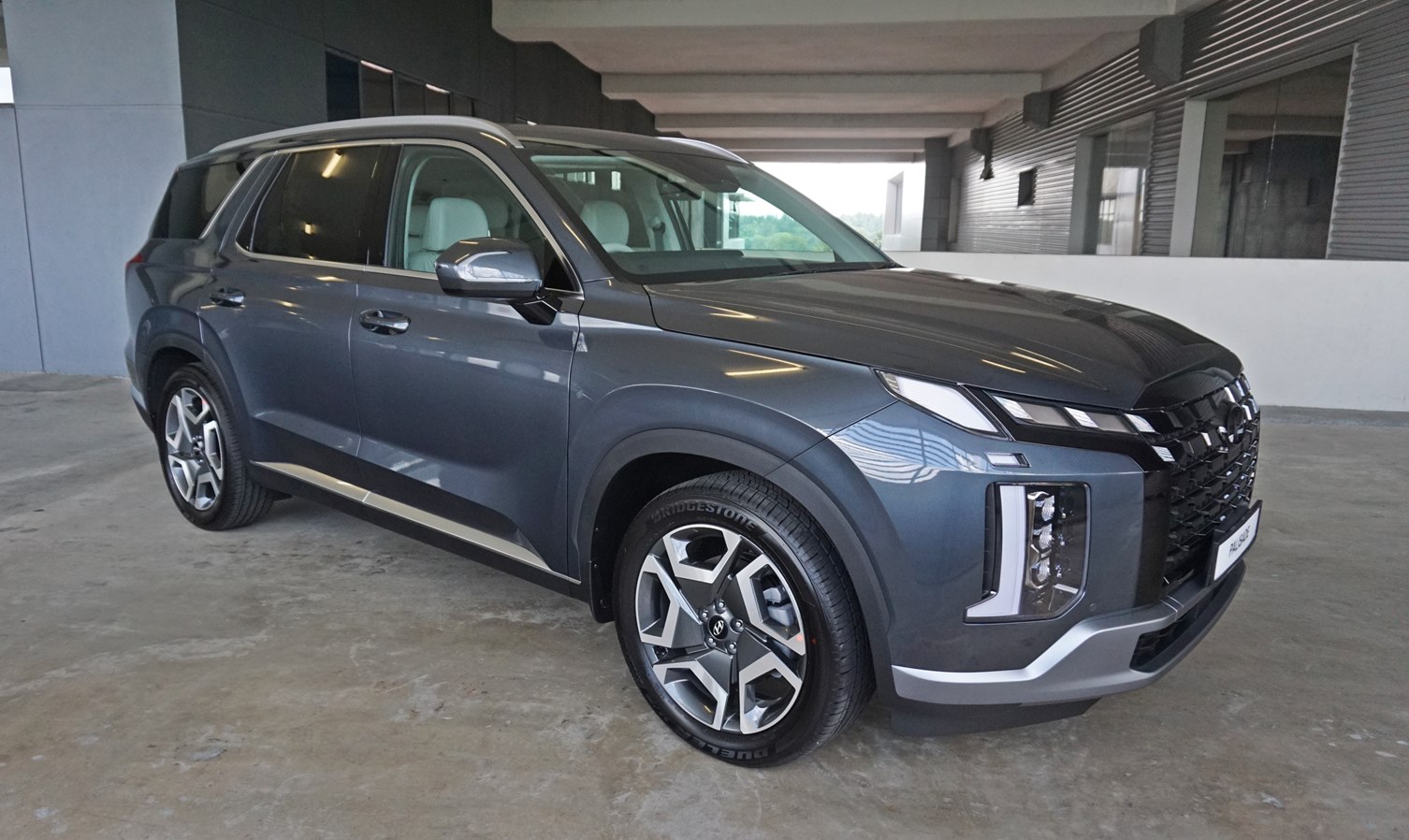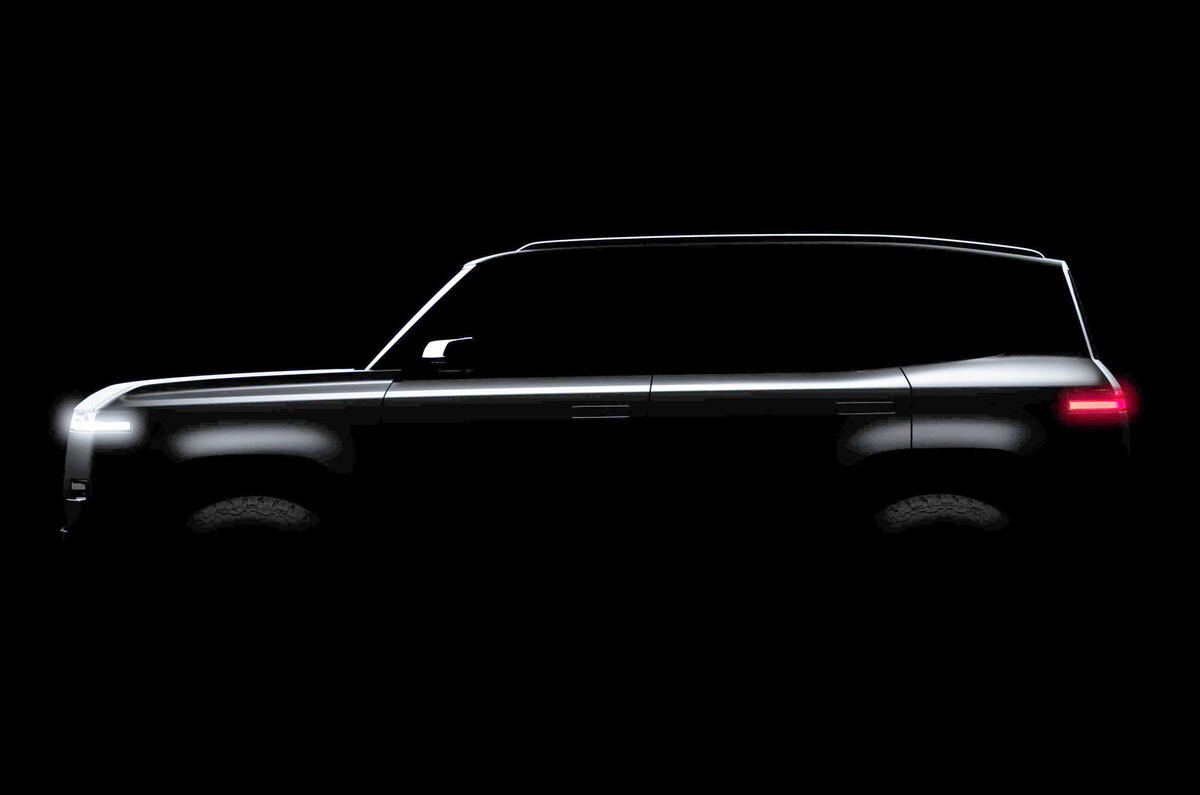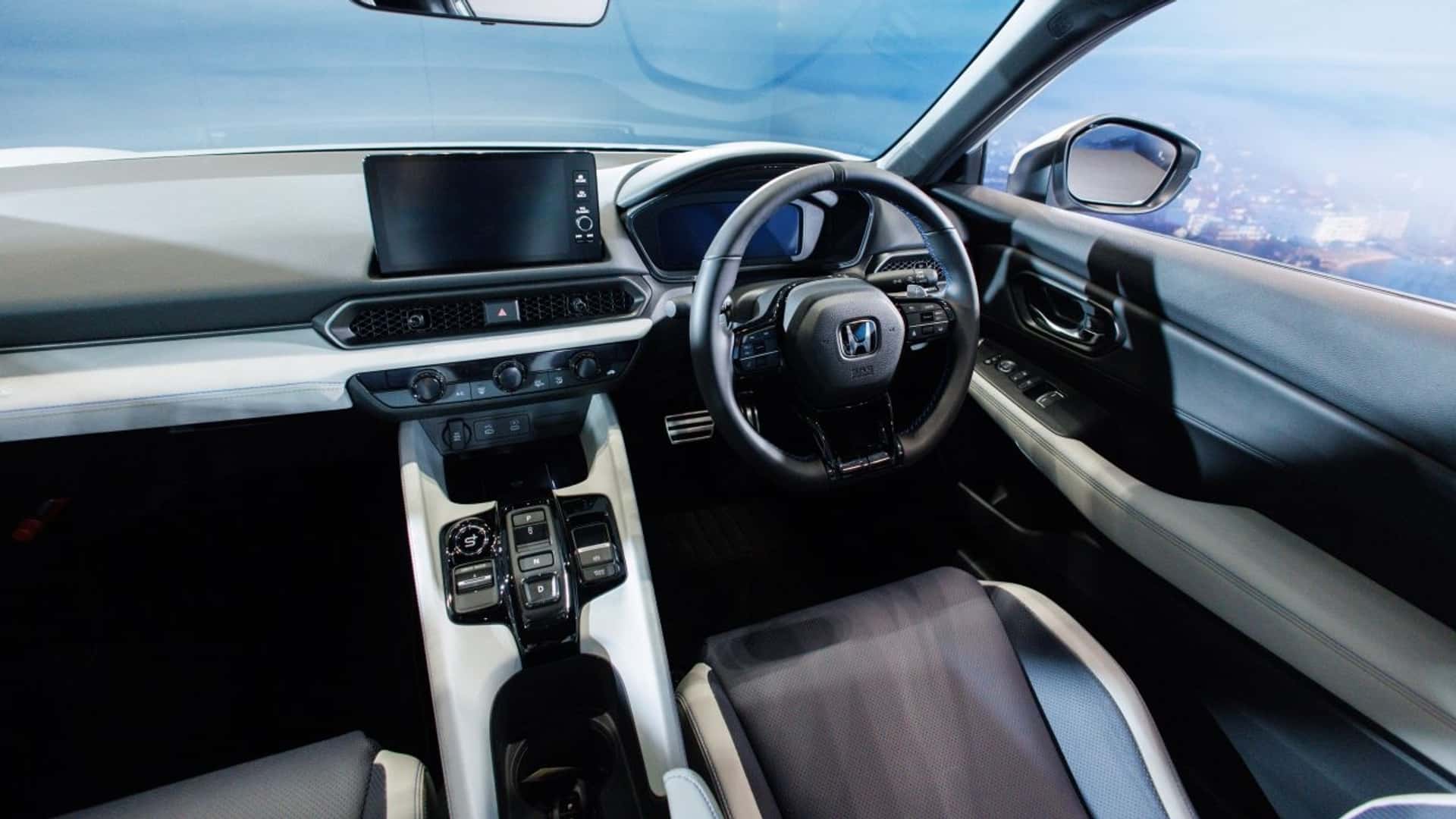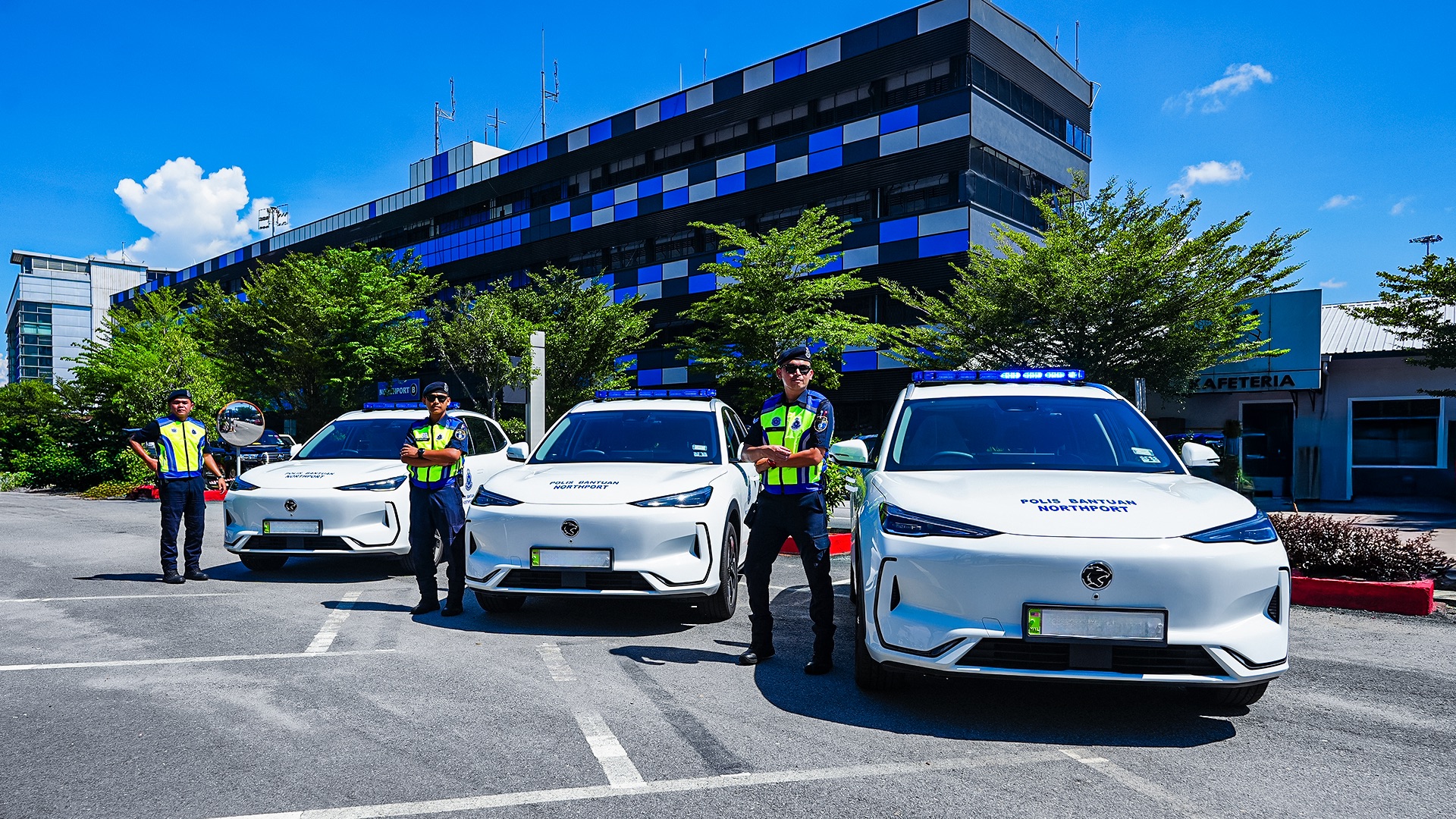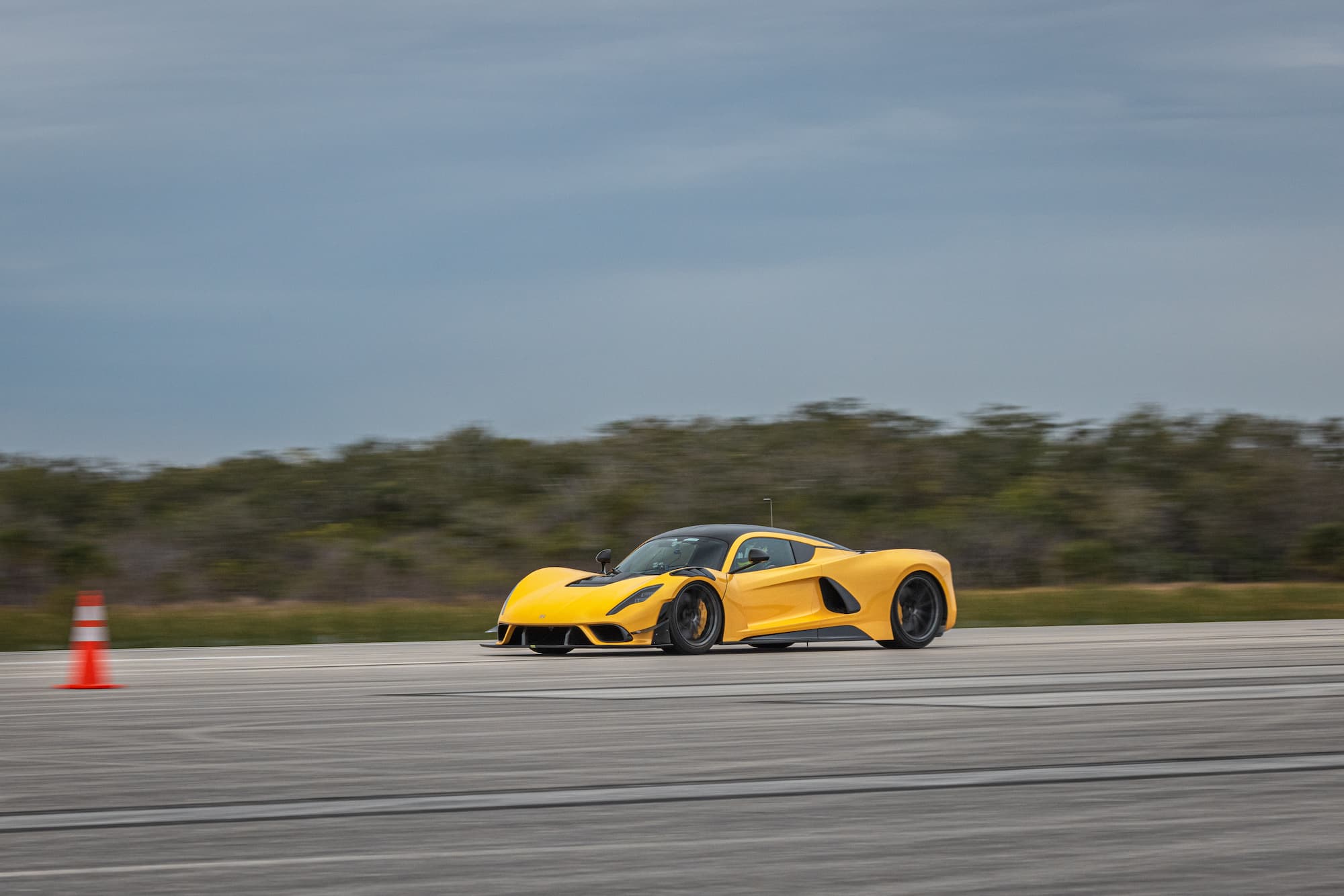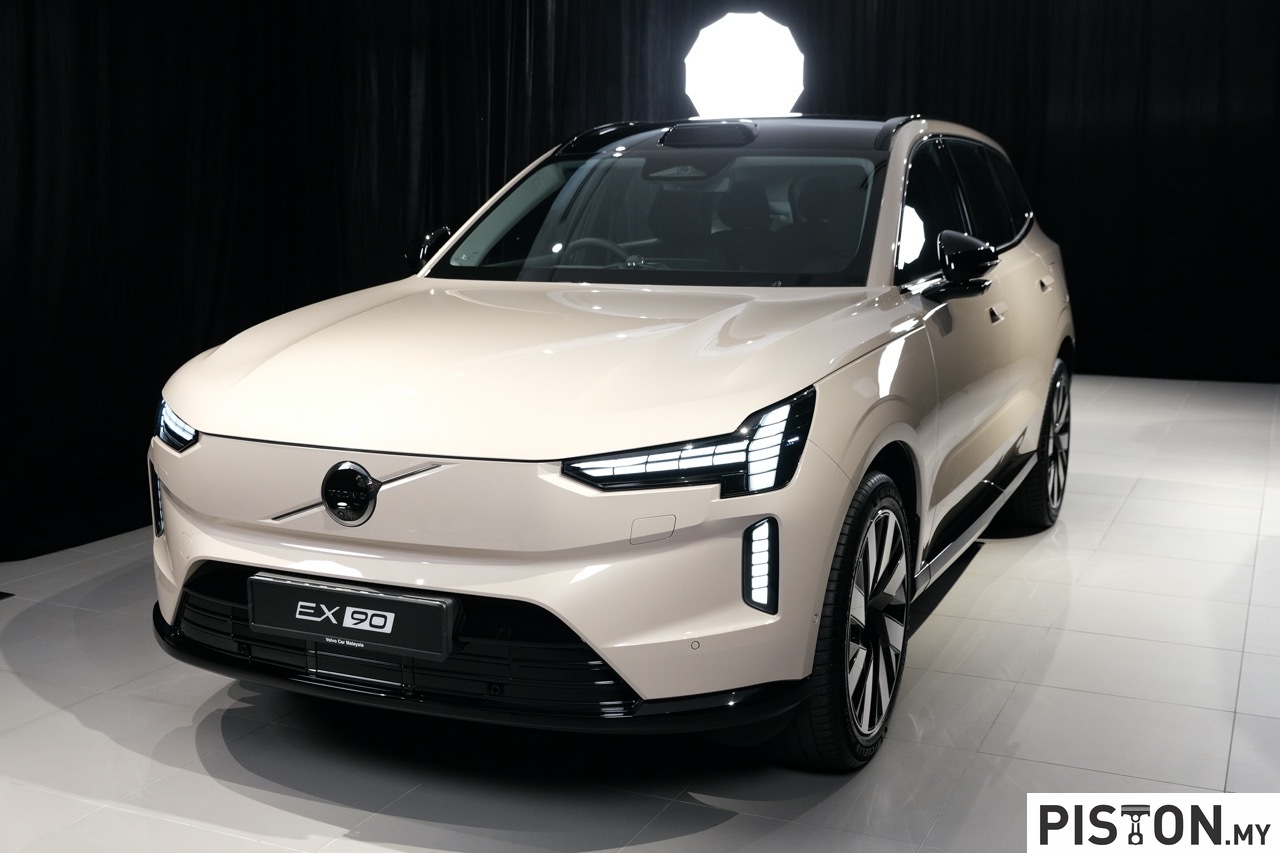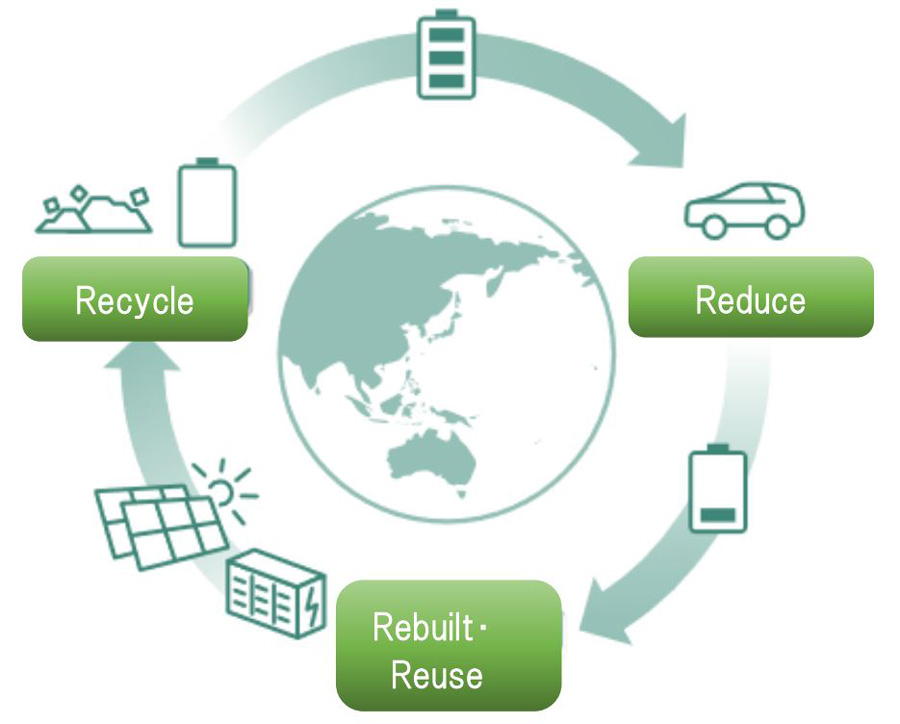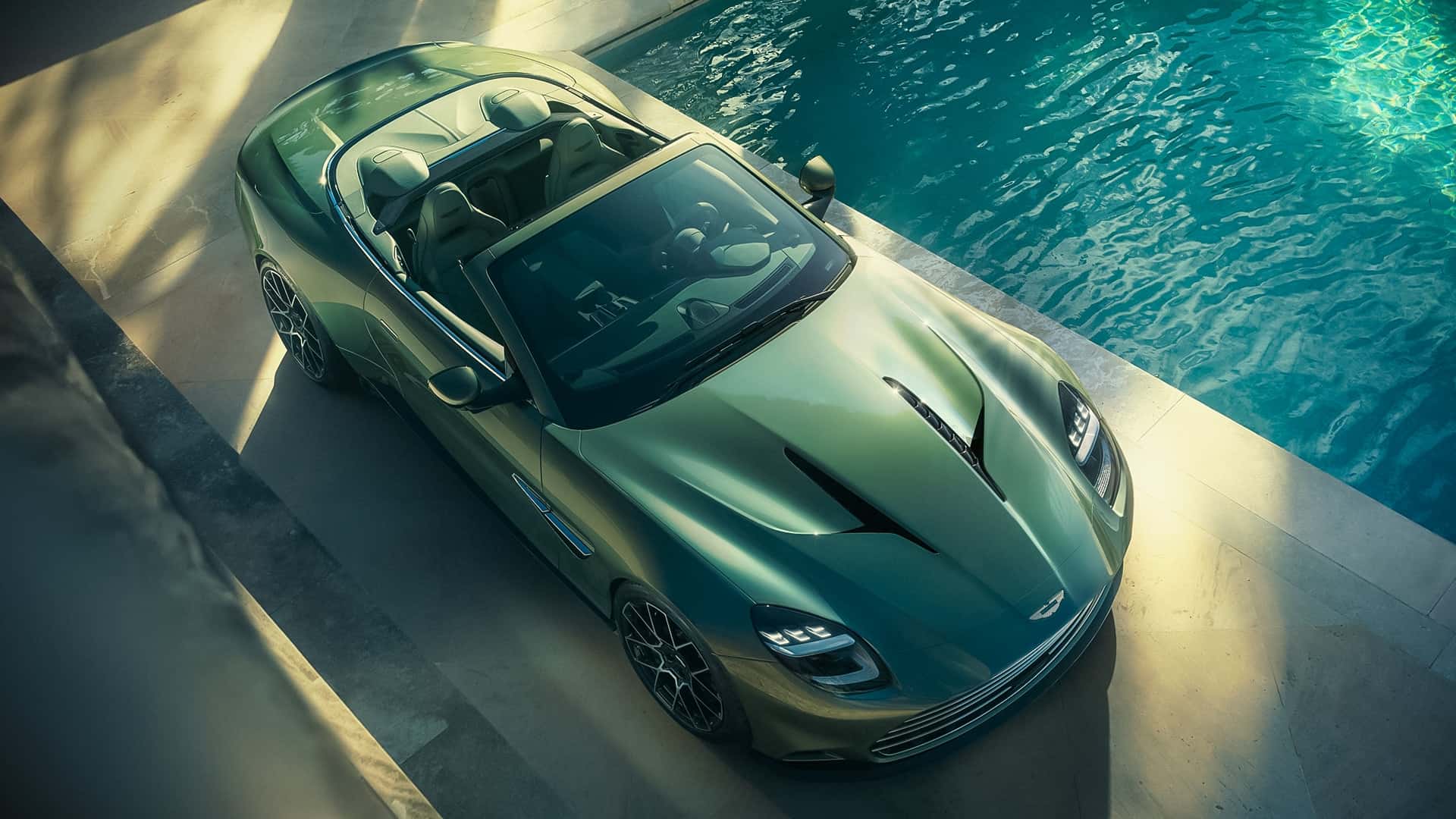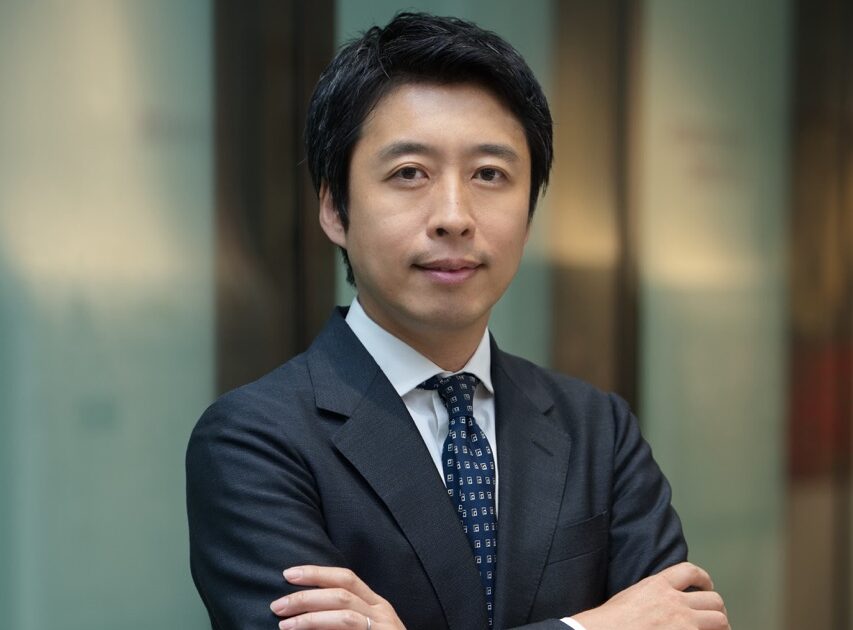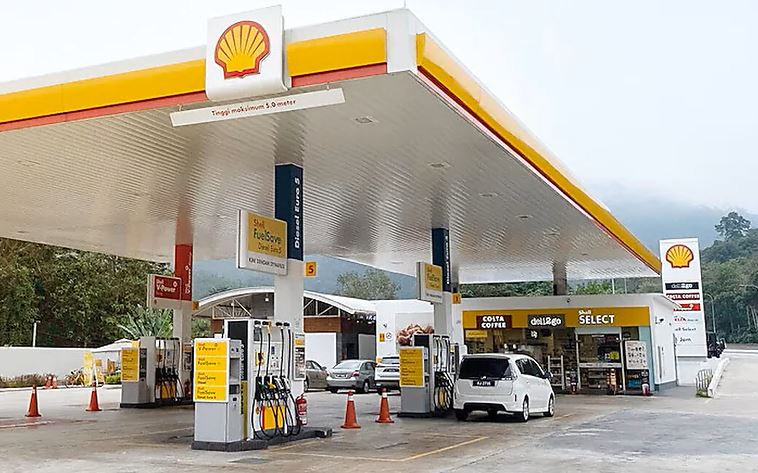Hyundai’s largest model – the Palisade – arrived in Malaysia in December 2021, three years after it made its global debut. Just three months later, in New York, the updated version was unveiled but Malaysia continued with the pre-facelift model throughout 2022. Today sees the updated Palisade being launched by Hyundai Sime Darby Motors (HSDM) In Malaysia with four variants to choose from.
For the 2023 model, the features and equipment have been commonised so, apart from the powertrains and a few items, all four variants are similar. Incidentally, HSDM is importing the European model which probably best matches Malaysian Type Approval requirements.

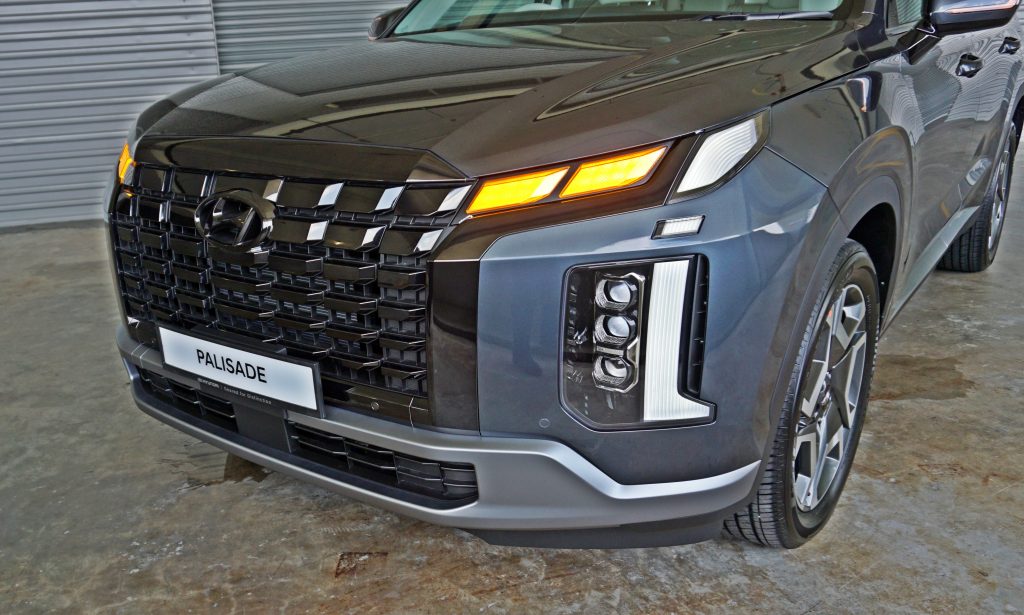
Cosmetic changes bring the looks of the Palisade in line with the latest design language with the widened cascading patterned grille that is referred to as a ‘Parametric Jewel’. Hyundai’s designers have chosen ‘parametric’ to define their design language which relates to pixels, although the technical meaning of the term is really something else.
The frameless black grille is flanked by three different types of lighting elements, all redesigned. The most distinctive lighting elements are the LED daytime running lights which are vertical, creating a distinct visual signature for the model. The LED lights at the rear also follow the vertical theme, while below the reprofiled bumper, the skidplate has a more robust look to strengthen the SUV image.
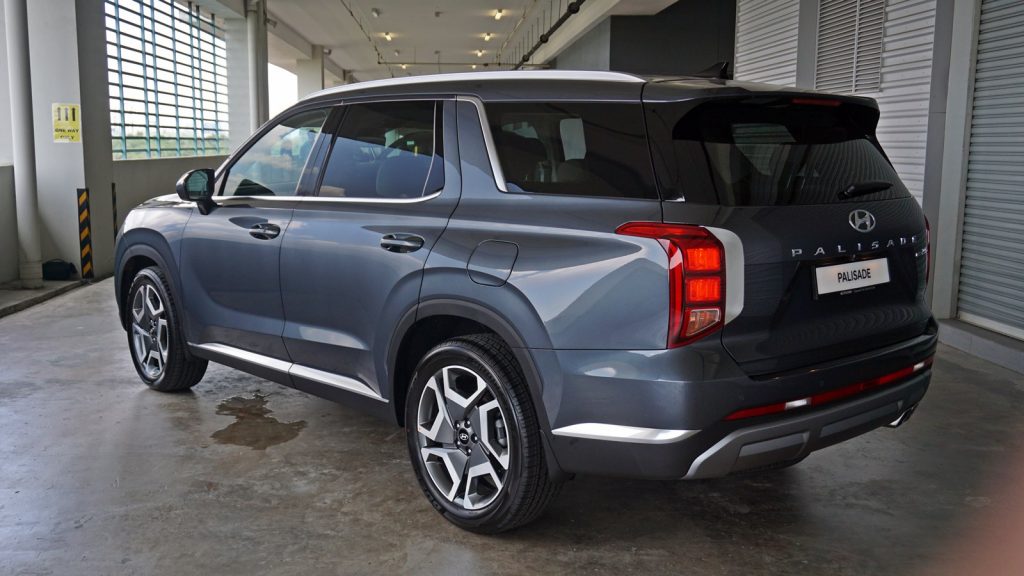
The Palisade’s overall length just 5 mm short of 5 metres makes it an imposing SUV on Malaysian roads, but fits perfectly into the freeway landscape of America. For the 2023 model, the overhangs have been adjusted so that the rear end is 5 mm shorter while the front end is 20 mm longer but the overall length remains at 4995 mm.
As before, there are two powertrain choices – the 3.8-litre Lambda II GDI V6 petrol engine with 295 ps/355 Nm output, and a 2.2-litre R CRDi 4-cylinder turbodiesel with 200 ps/440 Nm. Both engines use an 8-speed e-shift automatic transmission but with the petrol engine, drive is only to the front wheels while the turbodiesel has all-wheel drive. The diesel engine is meant to run on B7 biodiesel but can run on B10 in emergencies without any serious damage.
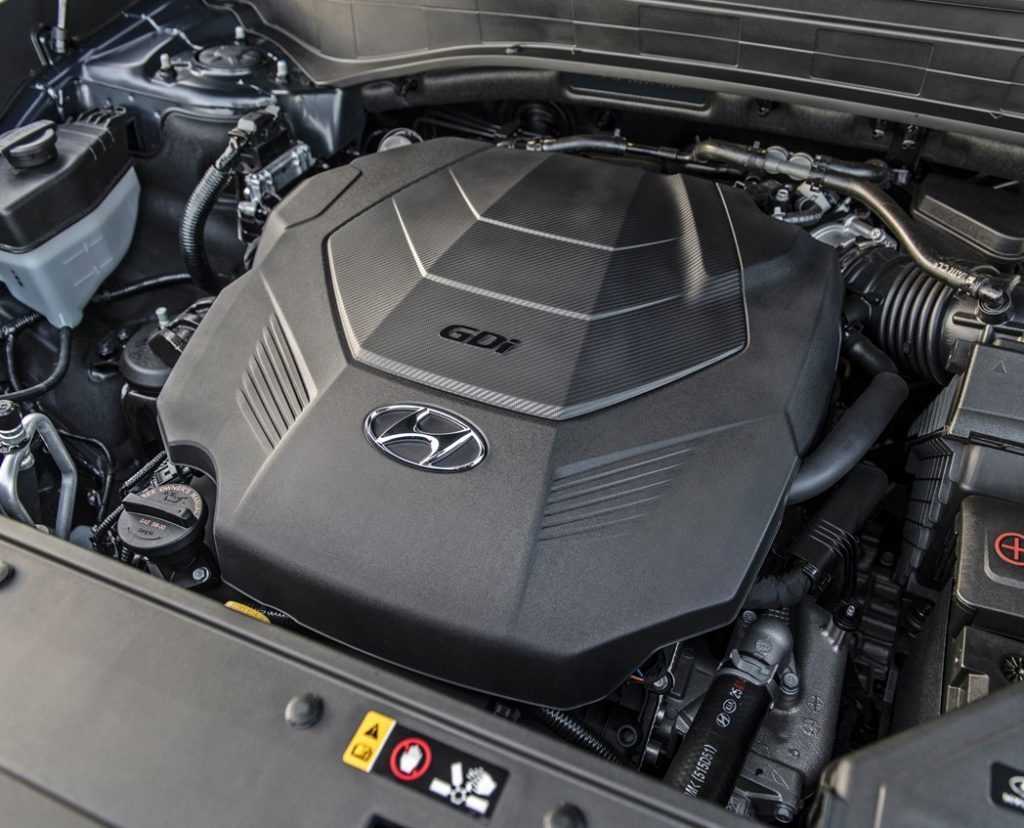
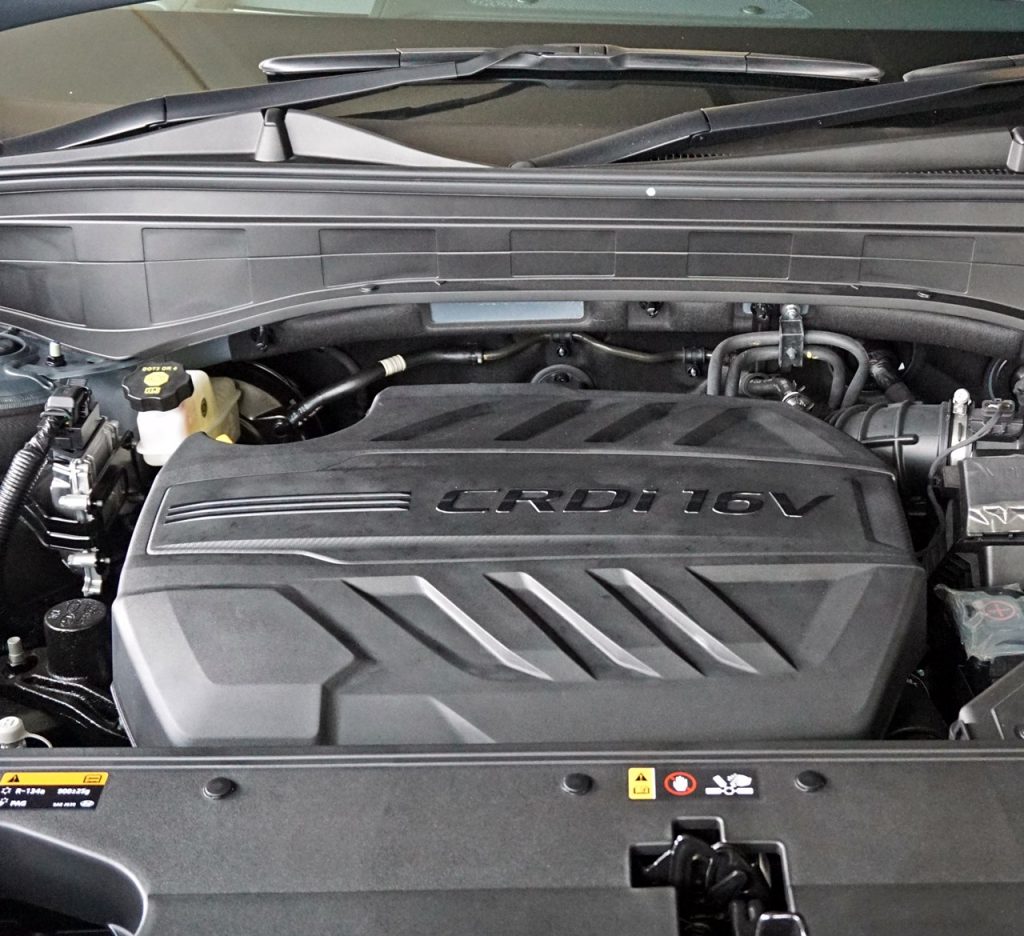
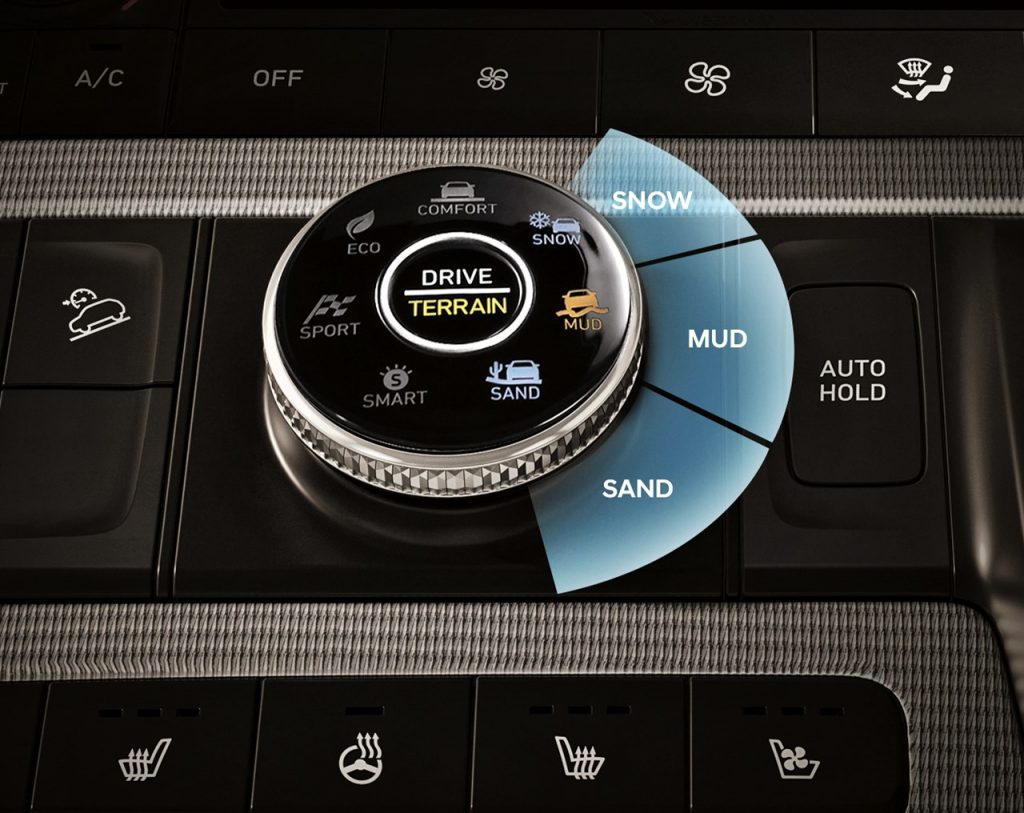
While both powertrains have 4 driver-selectable drive modes to provide stronger acceleration or more economical motoring, the turbodiesel HTRAC AWD system also has additional modes to optimize traction on difficult terrain like mud and sand. The driver can select these modes on a rotary dial while on the move and power distribution will be varied between the wheels to maximize grip. On very muddy ground, for example, sensors monitor individual wheel slip and the computer automatically compensates by increasing torque to the wheels with greater traction.
The cavernous interior remains the same as before with generous seating space on all three rows. Reflective of its position as a flagship model, the fit and finish are impressive with the materials used being of a high quality. But that’s necessary if Hyundai wants to convince people of the worth of a SUV costing over RM360,000.
While there is a standard list of features and equipment, HSDM also accepts special orders to personalize the vehicle with options. There are, for instance, three colour themes for the cabin upholstery with either a layer wood or cloth look. Those who choose nappa leather can get suede interior linings as well, giving a posh look.
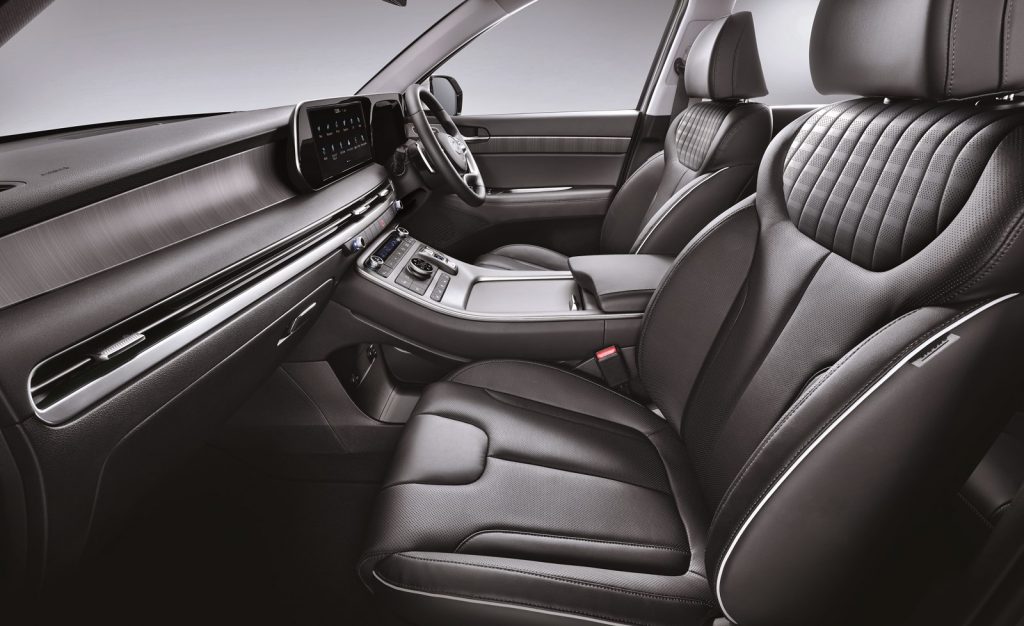
The almost 2-metre body width is very apparent inside with the expansive windscreen and dashboard below it. New for 2023 is the change in the air vents which now extend almost the full width rather than being just in the middle.
What’s nice is how the presentation of the dashboard is minimalist, with no superfluous ornamentation. In earlier years, before Korean carmakers hired European designers like Peter Schreyer, there was a tendency to be ‘different’ just to try to differentiate Korean products from the Japanese ones. These days, Korean design has evolved with its own language that is appealing and in some cases, trend-setting as well.
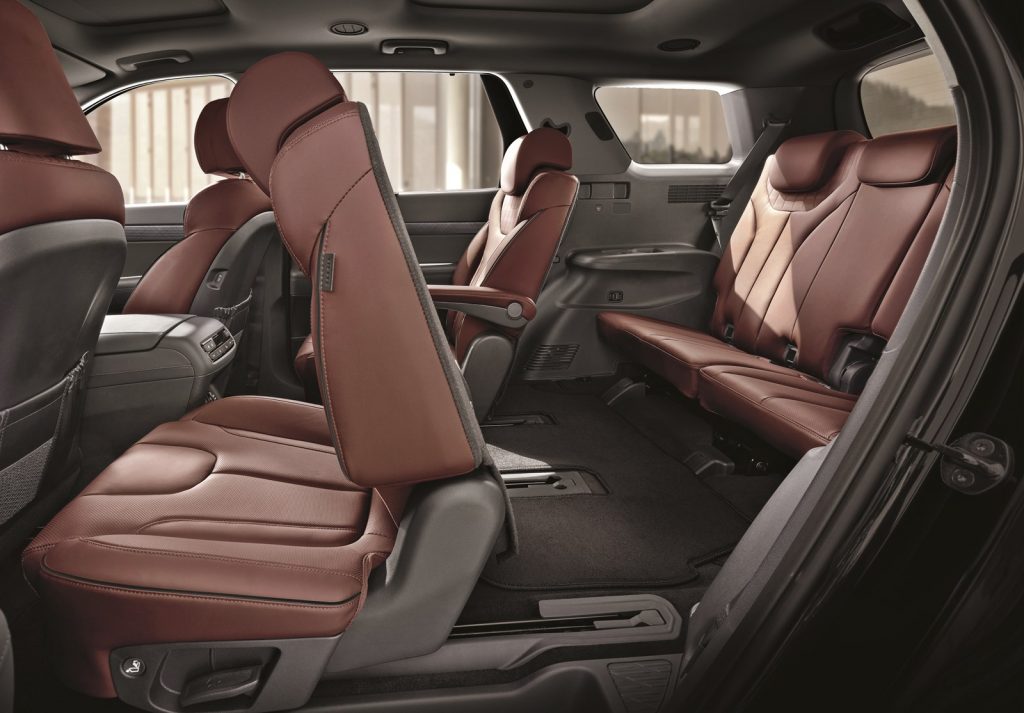
Each seat has generous dimensions and both front seats have power adjustment (12 ways for the driver, 8 ways for the passenger). Heating and ventilation are also standard for the first and second rows in the 7-seater versions, but the 8-seater versions have only heating… not that it’s necessary in Malaysia. Sometimes people wonder why a heated seats are included for vehicles sold in Malaysia and it’s because the feature is usually part of a spec package. To omit is more of a hassle as it means another set of wiring, so it’s easier just to leave it in.
Access to the third row is easy enough with a one-touch mechanism to move the second row seat forward and create a wide space. The difference between the 8-seater and 7-seater is in the second row where the middle seat is present or not present, so it’s a 2-2-3 layout for the latter and 2-3-3 for the latter.
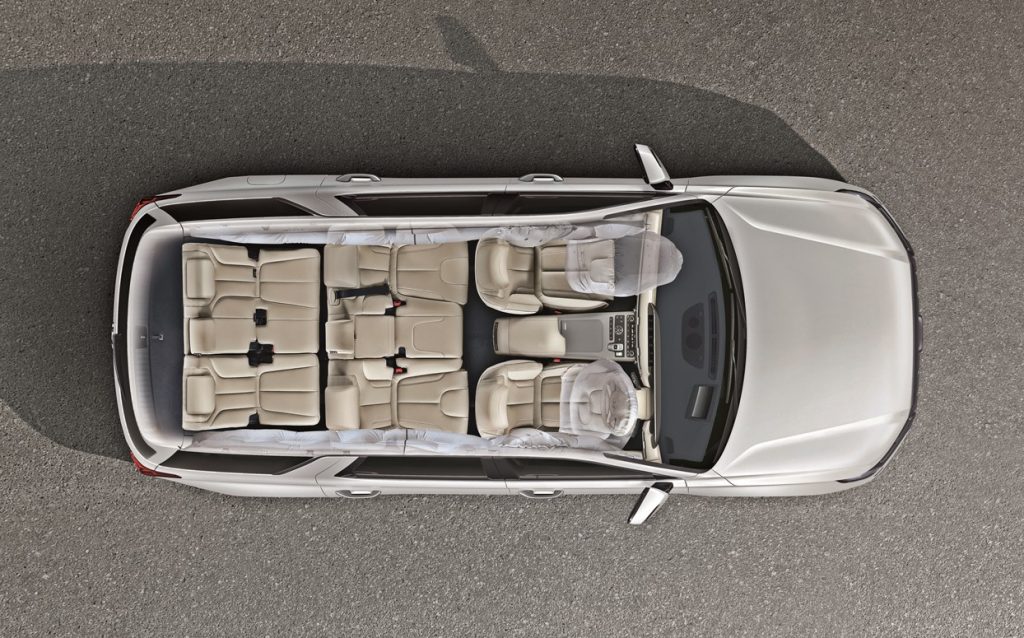
This being a midcycle update, the layout of the dashboard is unchanged with a slim display panel stretching from the middle to merge with the instrument panel. The LCD centre display has been enlarged from 10.25 inches to 12.3 inches which gives more space to even have split screens. The increased display area also means that the icons do not need to be crammed so closely which makes it better when operating the functions.
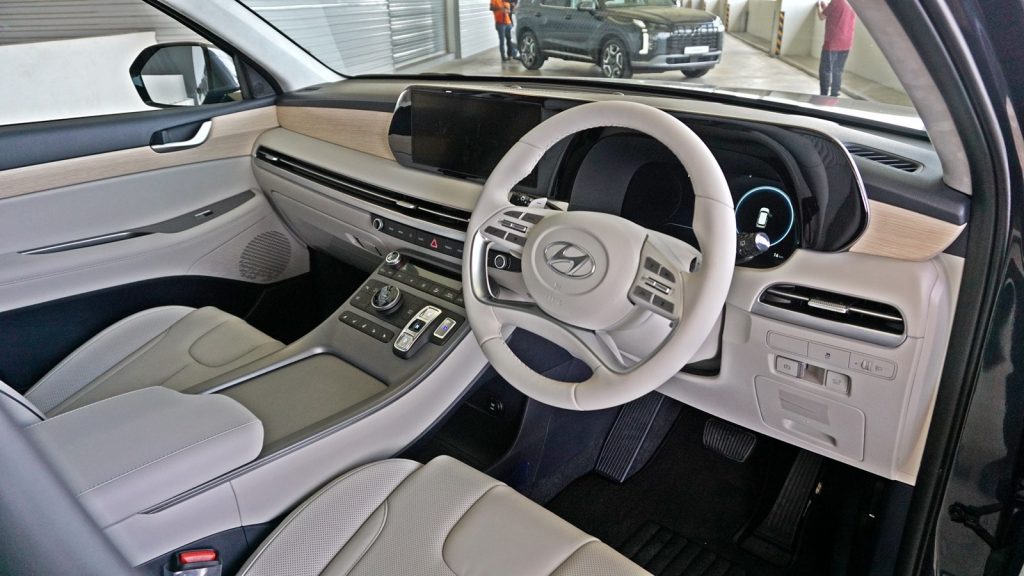
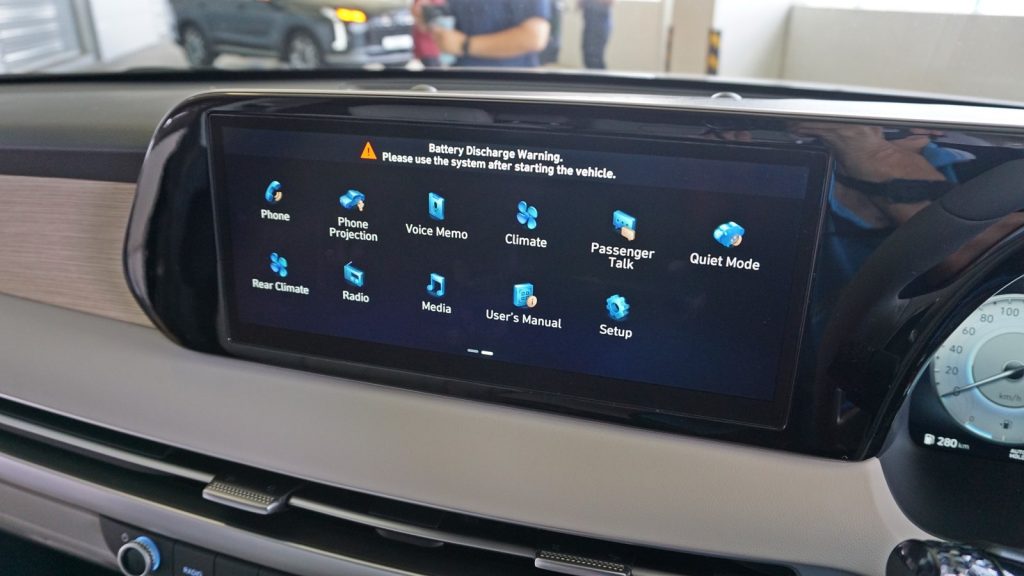
Besides the large Supervision Cluster, as Hyundai calls their instrument panels, there’s also a Head-Up Display projected on the windscreen ahead. The 2023 model’s display has been increased to an 800×400 size which gives higher resolution while the graphic interface and display have been revised for enhanced user-friendliness.
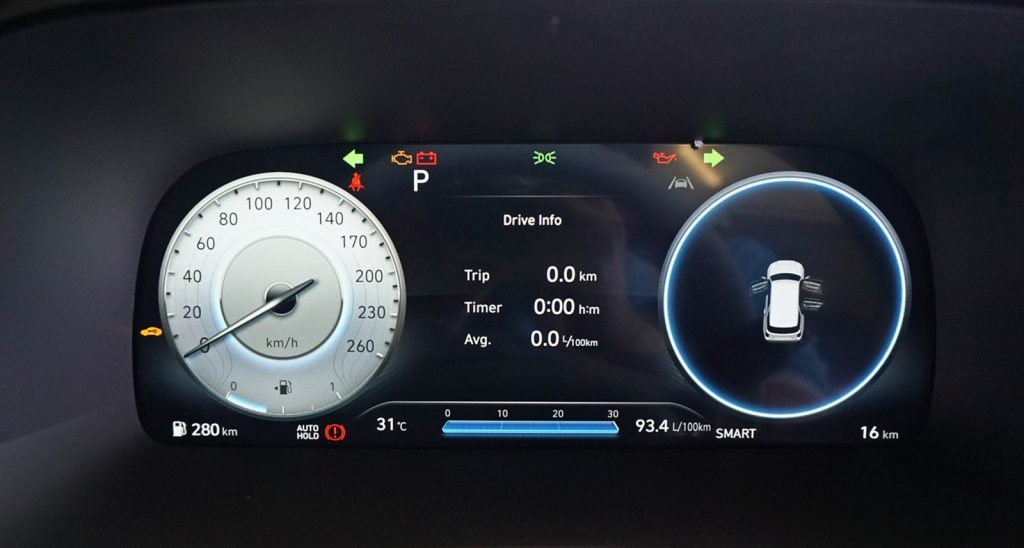
Connectivity is important nowadays and Hyundai has made sure to provide numerous options to cater for all types of devices. Those who have newer mobilephones can connect with Apple CarPlay or Android Auto which puts their favourite apps on the screen as well. If someone has a really old device, there’s still an AUX port to connect a cable. The Smart Bluetooth Multi-connection allows two devices (even wireless headphones with Bluetooth) to connect simultaneously for audio streaming.
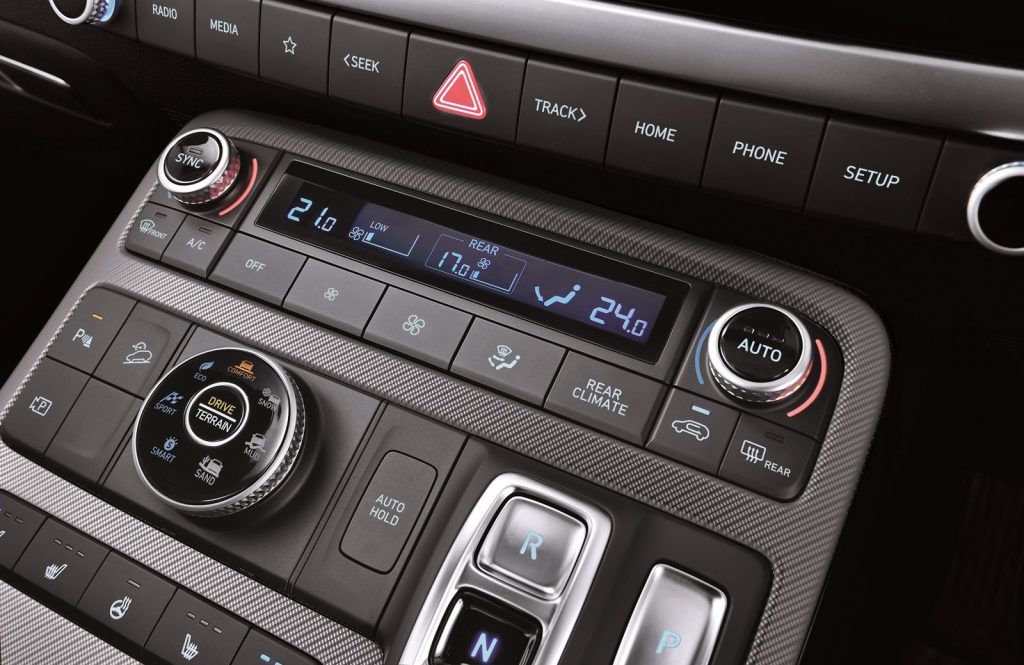
There are no less than 11 power outlets around the vehicle, of which 6 are USB Type-C (you’ll need to remember to bring a cable with Type-C connectors at both ends). With this updated model, the charging output has been raised to 27W (3A), so if your mobilephone has fast-charging capability, it will be recharged in a shorter time. There’s also a wireless charging pad which has been upgraded from 5W to 15W for faster recharging.
Given the size of the Palisade, the cargo space would be large even when the third row is in use. There’s 509 litres in this layout and if both backrests are folded down, the volume expands to almost 1,300 litres with an extended floor area. The tailgate is powered though there isn’t the luxury of opening by placing the foot under the rear bumper.
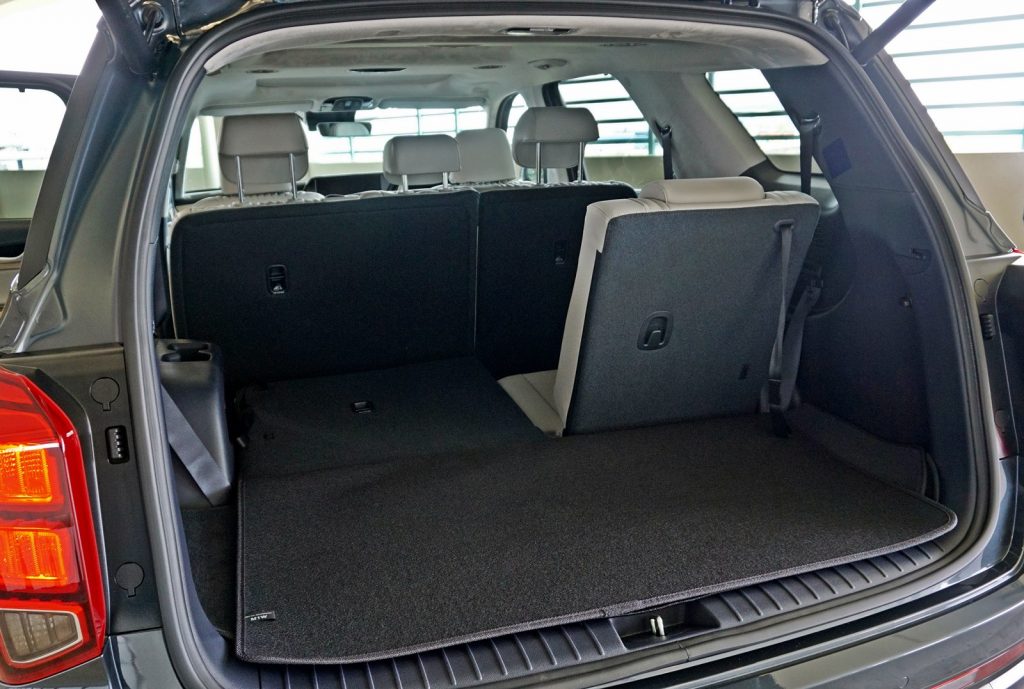
The Palisade has a comprehensive set of Advanced Driver Assistance System (ADAS) which use radar, sonar and a camera to scan all around the vehicle. These systems help keep the vehicle in its lane, warn of a possible collision – and automatically apply the brakes if action is not taken to prevent it – and also prevent a collision when reversing out of a parking bay. The scanning covers areas that the driver cannot see in the mirrors (blind spots) and alert him if there is another vehicle nearby while moving or even when pulling out of a parking bay.
Using the same blindspot sensors, the Palisade also has a Safe Exit Assist feature. When the occupant opens the door to exit the vehicle after a stop and there’s an approaching vehicle from the rear side detected, a warning sounds. This should prevent the person from opening the door further but as an additional precaution, the rear door will be kept closed by using the electronic childproof lock.

The Adaptive Cruise control system is the more advanced type which not only adjusts the speed to maintain a safe gap at all times (when the cruising speed is set) but it also operates when the vehicle comes to a stop. This would be when the vehicle ahead has stopped; when it starts moving, the Palisade will automatically move again and increase speed. This is almost like autonomous driving and is useful in slow-moving traffic on highways.
The Tyre Pressure Monitoring System used to be simpler, just warning the driver when there was under-inflation. Now it’s more advanced and the pressures of each tyre are shown and an under-inflated tyre will be highlighted.
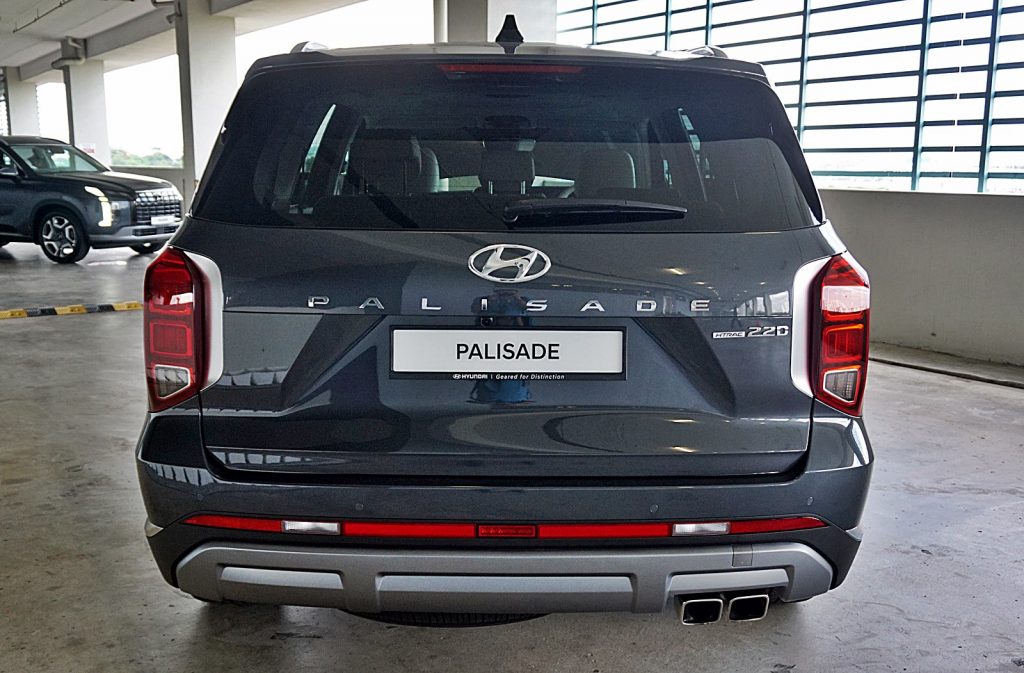
Years back, when HSDM tried to sell the large Genesis sedan, there was no interest. Apart from its high price, it also stood no chance against the European models. But the Palisade has found a number of buyers in the past year and with its high quality and extensive features, it is an appealing alternative for those who want a large SUV.




